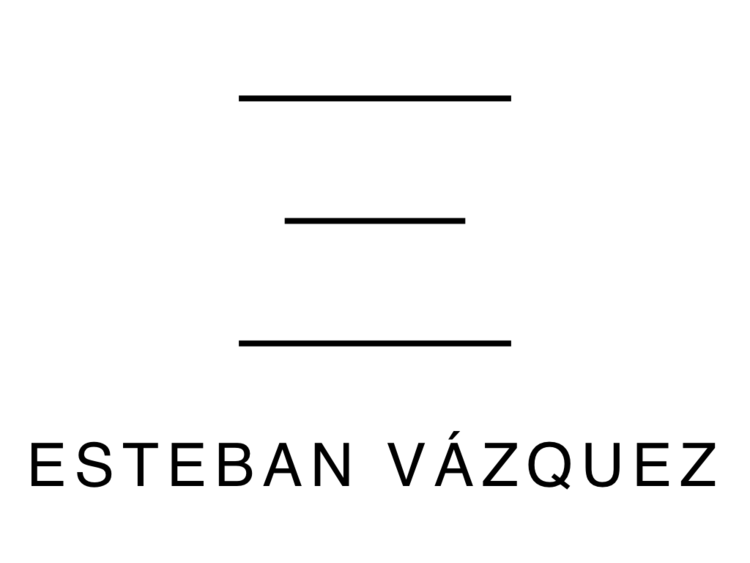Continuing with another security threat in biometric systems, one of the main concerns both from user and service provider sides is what happens if someone steals the biometric templates. A hacker might directly access system databases, obtaining the biometric templates from the users. A recent example can be found in the US government data breach in December 2014, when 5.6 million fingerprints were stolen. With them, the hacker could get improper access to the system, to other systems, and even track users in different systems. This is a big threat for the privacy of the users and the security of the system. Besides, another question arises: will the stolen biometric traits be persistently invalidated?
This threat motivates the need of protected biometric templates. The industry and the scientific community are now making big efforts for researching, standardising and extending the use of protection mechanisms, since we are aware of the problems related to the use of unprotected biometric templates. As defined in the standard ISO/IEC 24745 for biometric information protection, protected templates are required to comply with some requirements, namely:
- Irreversibility: property of a transform that creates a biometric reference from biometric samples or features such that knowledge of the transformed biometric reference cannot be used to determine any information about the original biometric samples or features.
- Renewability: property of a transform or process to create multiple, independent transformed biometric references derived from one or more biometric samples obtained from the same data subject and which can be used to recognize the individual while not revealing information about the original reference.
- Revocability: ability to prevent future successful verification of a specific biometric reference and the corresponding identity reference.
The use of template protection schemes is not as extended in mobile face recognition systems as it is in other biometrics (e.g. fingerprint), so we believe it is one of the keystones to be developed shortly, in order to achieve the desired levels of privacy and security. Some of the problems to solve are to properly characterise the output signals from the different face recognition algorithms and to get the amount of entropy required for the template protection schemes to achieve a good performance in terms of recognition rates, response time and, at the same time, comply with privacy requirements.
